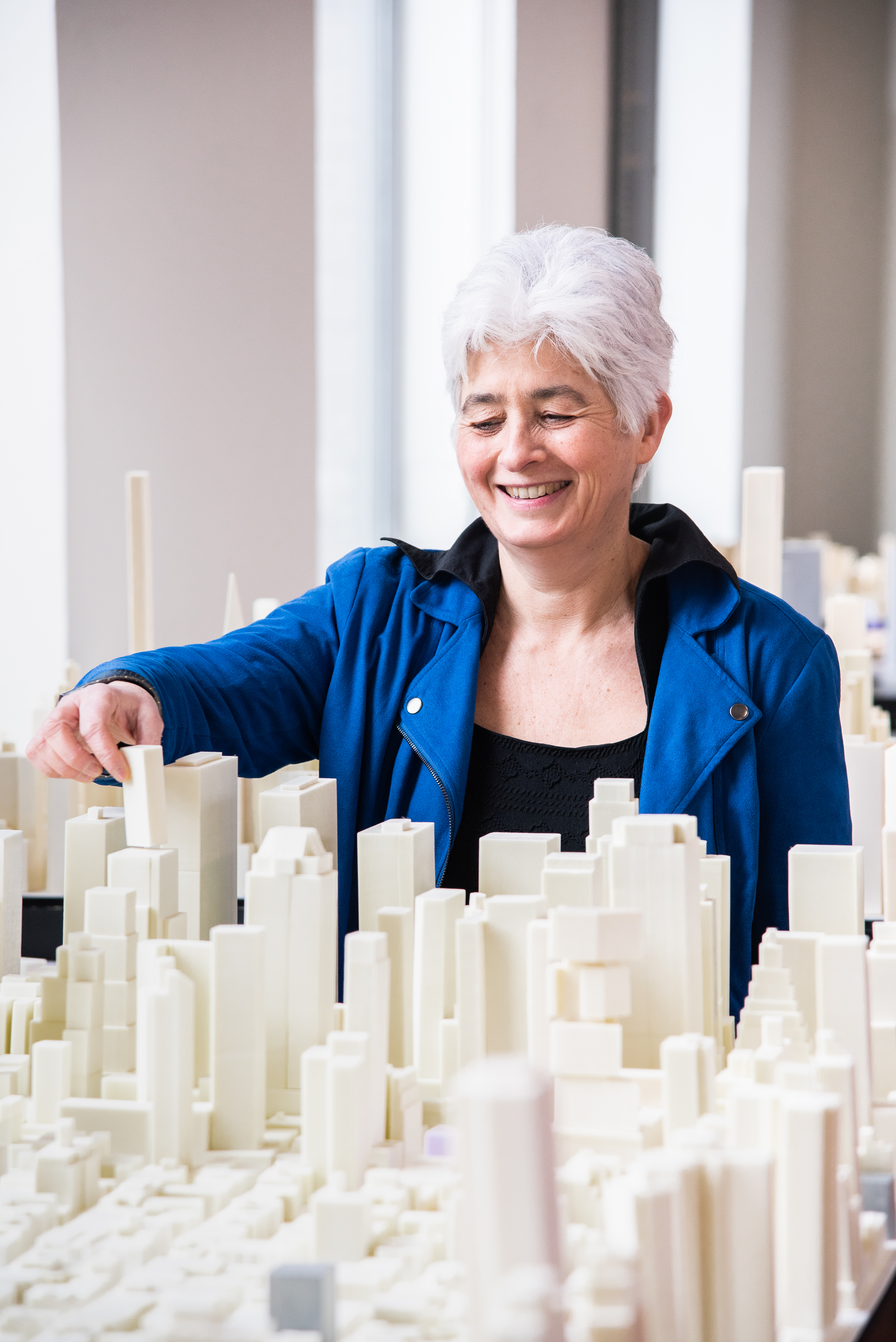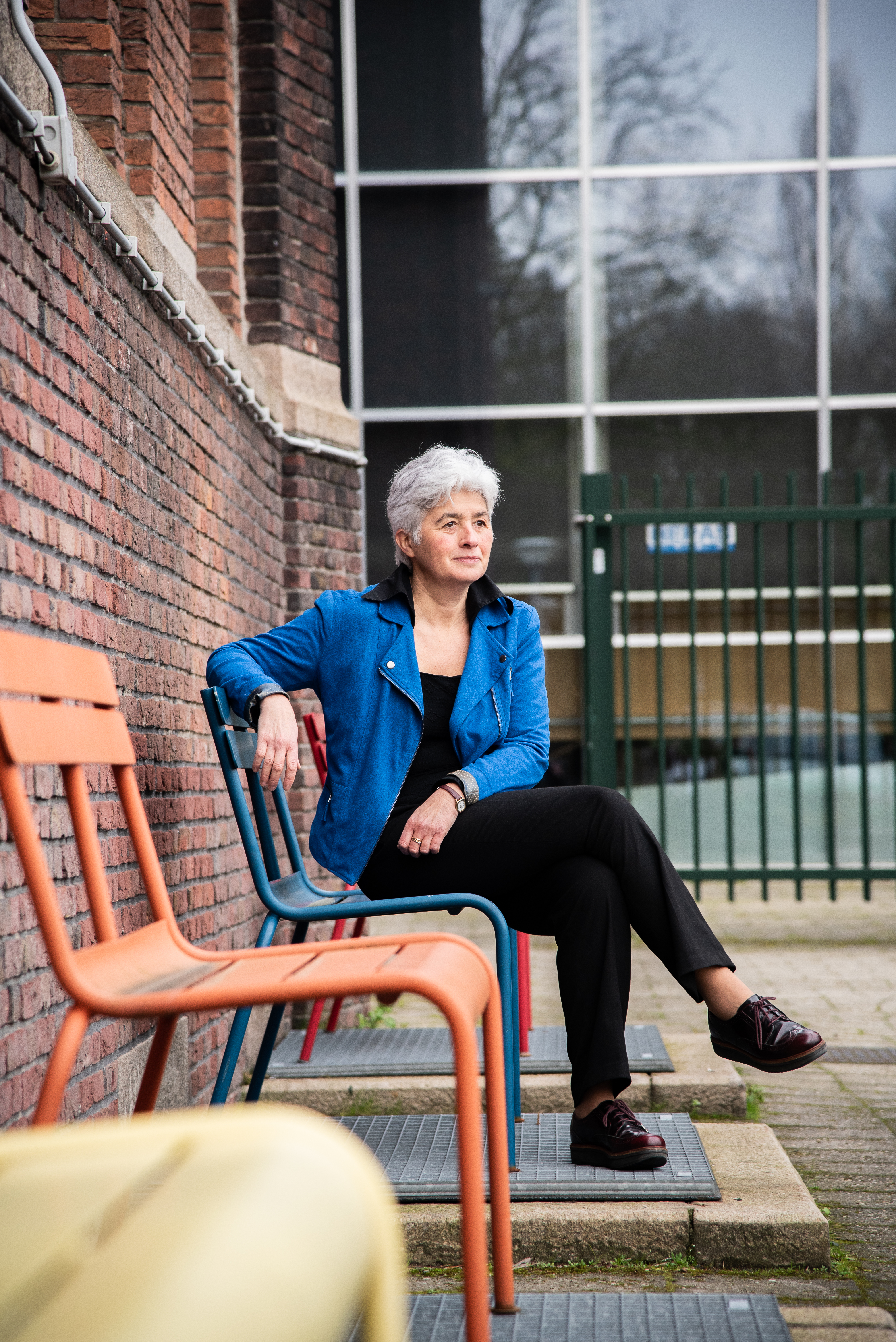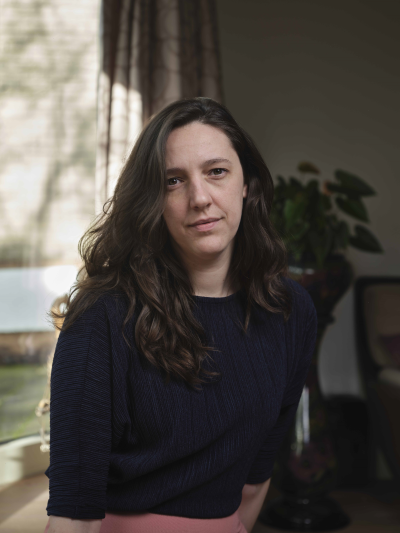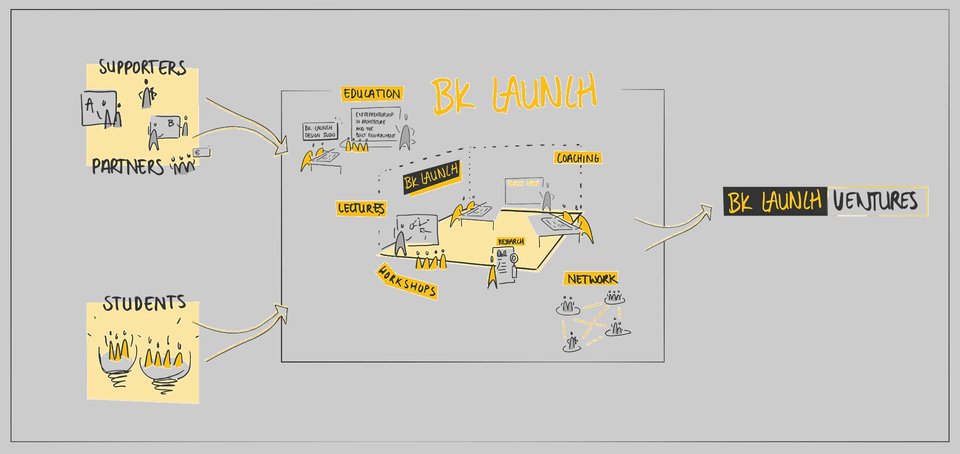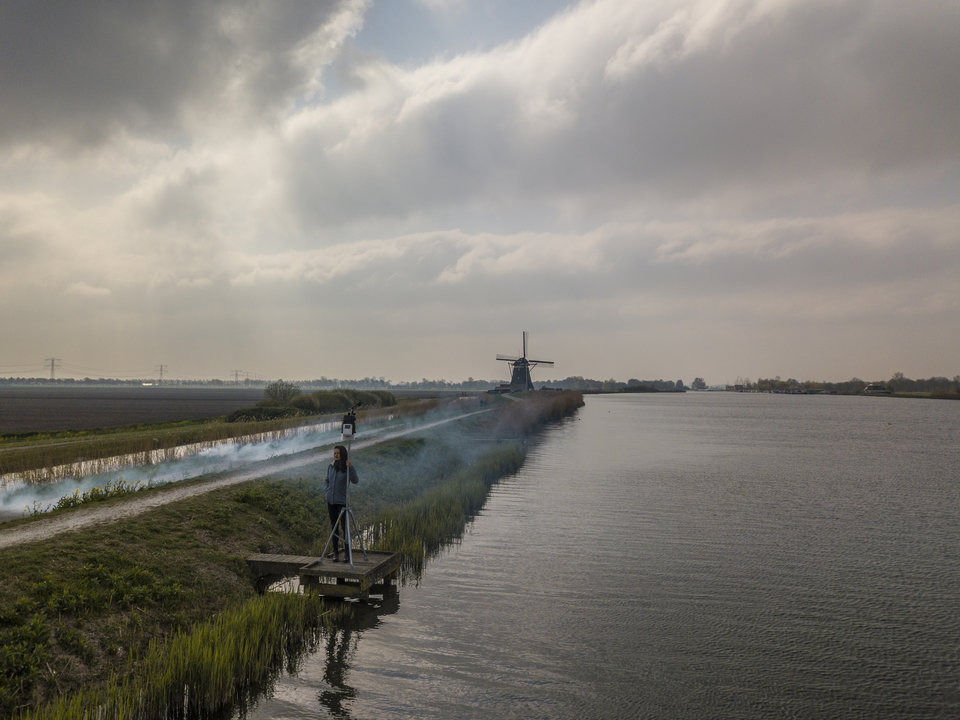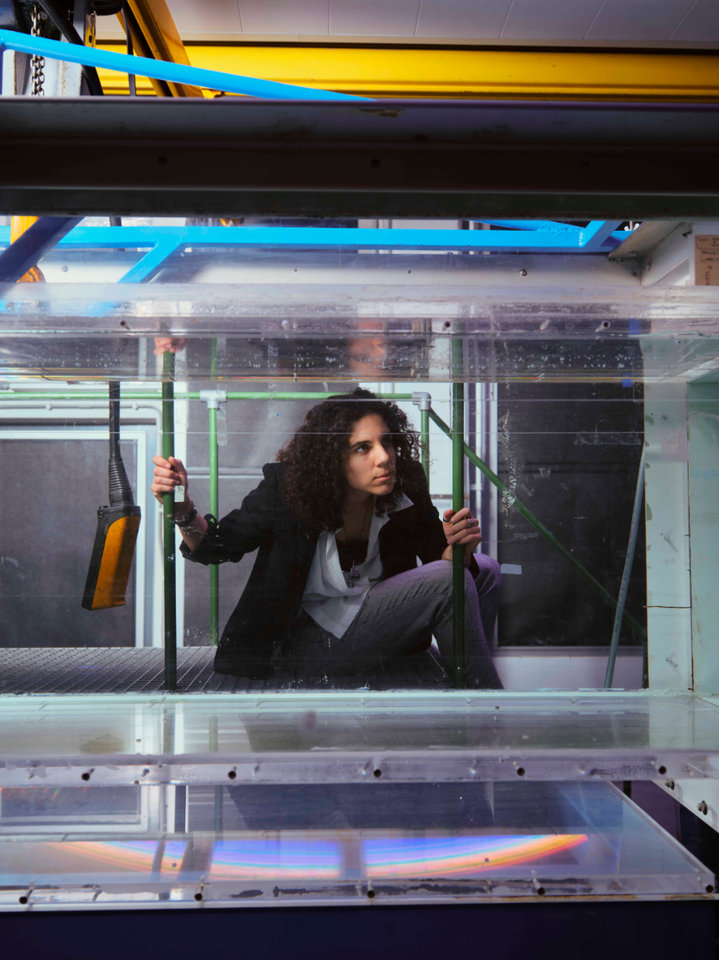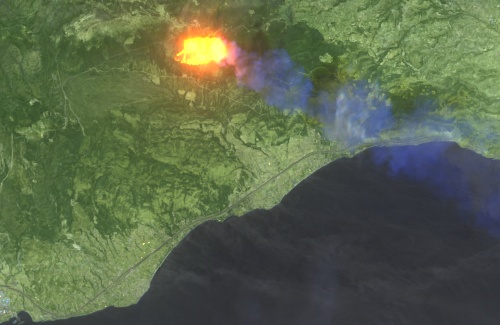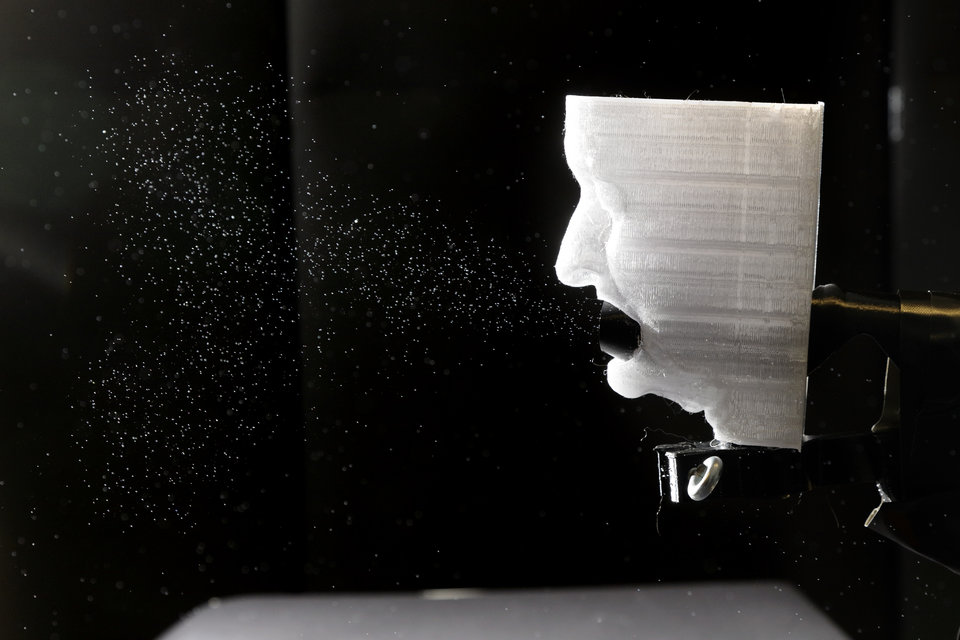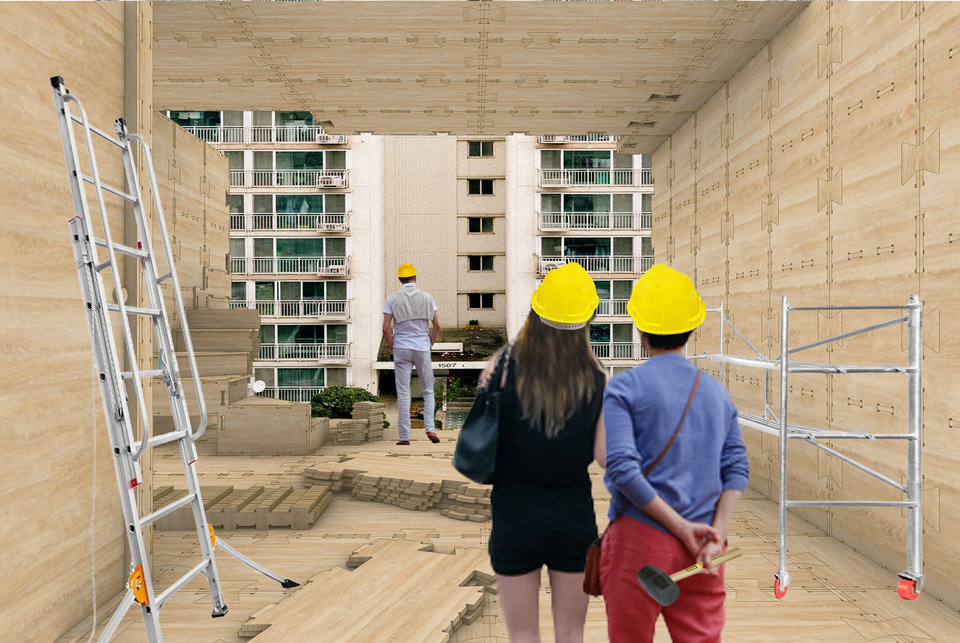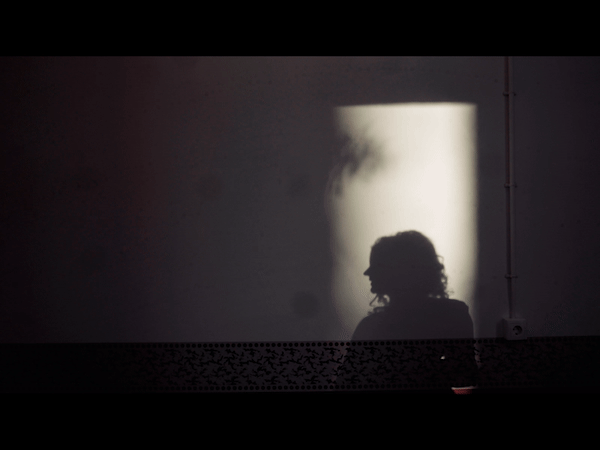Professor Laure Itard is working to identify solutions for energy waste and faulty indoor climate within buildings. The key question facing the recently-launched Brains 4 Buildings (B4B) research programme is: how can artificial intelligence (AI) and machine learning contribute to improving sustainability and comfort? Living labs are set to play a key role in answering that question.
Laure Itard studied Physics and Energy Technology in France. She relocated to the Netherlands in 1980. She obtained her PhD at TU Delft and held various post-doc positions. She is also an experienced adviser, having worked at the Deerns RI consultancy for seven years. After that, she combined her work at TU Delft for the now-defunct OTB research institute for the built environment with a position as lector in Energy in the Built Environment at The Hague University of Applied Sciences, until becoming a full-time professor in 2018. Her chair, Building Energy Epidemiology, focuses on modelling the energy performance of large groups of buildings and diagnosing and optimising energy systems within buildings. ‘The use of sensors and meters to collect data and the automatic analysis and learning from that data really needs to become much more widespread. In a relatively short space of time, it needs to become easier and cheaper to subject the performance of technical systems to continuous and rigorous monitoring. This is known as continuous commissioning. But the use of these kinds of AI techniques on building management systems is still in its very early days.’
Her chair focuses on modelling the energy performance of large groups of buildings and diagnosing and optimising energy systems within buildings.
Wasted energy
Why is this application so important? International research shows that some 20 to 30 per cent of the energy in non-residential buildings is wasted because installations and systems for heating, cooling, ventilation and air treatment do not perform as well as they should. Itard: ‘To give you some idea of the problem: in the Netherlands, the same amount of energy is wasted in this way as is generated sustainably. In addition, the quality of the indoor environment is still sub-optimal, causing unnecessary damage to the health of people in a building. This is what triggered the initiative for a wide-ranging study into smarter energy management and indoor environment control in these kinds of buildings.’
In larger non-residential buildings, systems are become increasingly complex, making faults much more likely. ‘Solar panels, solar boilers, heat and cold storage systems and heat pumps are being used in combination to make the energy management of a building as sustainable as possible. Then there’s automated ventilation, sun blinds and air treatment on top of that.’ Faults can be caused by all kinds of things. ‘A broken sensor can go unnoticed for months. An obsolete component may increasingly fail to do its job. Another thing that can happen is that a facility manager receives complaints and sends in a technician who comes up with a solution on the spot. If interventions of this kind aren’t properly tailored to the system, this can quickly result in new problems.’
Peaks and troughs
Itard and her partners in the programme consortium are convinced that the more intelligence there is in a building, the fewer the faults. This then reduces energy wastage, creating a more pleasant, healthier indoor climate. In Brains 4 Buildings, the term “intelligence” is used to refer to various things, she explains. ‘Can we automatically recognise faults and ensure that they’re resolved by means of automated maintenance? We’re working on advanced research in this field with our partners from TU Eindhoven.’ Another question the programme asks is whether we can develop systems and installations that can interface more smartly with the facility managers and users in the working environment. ‘Can you adjust ventilation in such a way as to ensure that sufficient fresh air flows through a room without people feeling a draught?’ According to the professor, B4B is less about developing new hardware than about optimising building management systems, for example by using plug-ins and dashboards. ‘Our aim is to find more effective ways of tweaking energy management systems.’
A third type of additional intelligence is “energy flexibility”. Itard believes that the increasing electrification of the energy supply will require much more dynamic management. ‘What proportion of in-house geothermal and solar energy do you opt for, and how much electricity do you take from the grid? What’s the best way of accommodating peaks and troughs?’ The building needs to be able to adapt to the electricity grid and vice-versa. ‘That means there also has to be a focus on the interface between the energy company and a building, in order to balance energy supply with demand.’ There is also the added factor that different systems are associated with different standards, which can make smooth interaction difficult. ‘There’s a good reason why NEN, the Dutch standards institute, is involved in the programme. How can we ensure that systems can communicate more effectively with each other without undermining competition?’
Itard and her partners are convinced that the more intelligence there is in a building, the fewer the faults.
Experimental buildings
The programme has been set up by a wide-ranging research consortium with a practical mindset. In addition to the universities in Delft and Eindhoven, TNO and various universities of applied sciences, the business community is strongly represented. As well as energy companies, consultancies and sector organisations, a large number of smaller companies in the field of system development and sensoring are involved. The installation sector is also well represented. ‘Our aim is to come up with things that make a difference and we really need each other to achieve that,’ says Itard.
Businesses that want to innovate cannot simply start experimenting on their customers. This is partly what makes the research in various “living labs”, including several buildings on TU Delft campus, so important. ‘The plan is not just to hang sensors all over the buildings. They’re actually already there. But we will be plugging into the management system to identify where things are going wrong and enable us to make adjustments.’ All of the data from the building management systems in the experimental buildings will be made accessible via a knowledge platform. This is being developed under the supervision of The Green Village, the living lab for a sustainable built environment on Delft campus. ‘It will be open data that all parties will be able to use. For example, businesses will be able to work on applications that could be marketed more widely in the longer term.’ In order to help disseminate new knowledge and ideas among installers, facility managers and other professional groups involved, The Green Village is also organising masterclasses, workshops and other types of training.
Our aim is to find more effective ways of tweaking energy management systems.
All working together
Itard finds the wide-ranging approach of the programme particularly exciting. The scope of the research encompasses mathematics, artificial intelligence, machine learning, electrical engineering, installation technology, system architecture and behavioural science. Academics and people from the professional world will all need to work together. ‘Will everyone be able to work together effectively?’ She also hopes that the living labs will prove successful. ‘Will the facility managers have enough time to help with the research? That’s not usually part of their everyday work.’ In around three years’ time, it should become clear how to develop diagnostic systems that can be used to identify faults. ‘Or, for example, how to strike an effective balance between heat and cold storage.’
The users of the living labs will primarily begin to notice an increase in the average level of comfort. ‘It’s then that we may also see the first prototypes of new applications starting to appear.’
B4B partners
TU Delft, TU Eindhoven, Netherlands Organisation for Applied Scientific Research (TNO), Windesheim, Arnhem Nijmegen, The Hague and Avans Universities of Applied Sciences, Air-teq, Almende, APTA Technologies, Art Energy, BAM Energy Systems, Building G100, ChessWise, Cloud Energy Optimizer, Deerns, DGBC, DWA, DYSECO, FHI, FME/VLA, Heroes, Kropman, Kuijpers, NEN, O-Nexus, Office Vitae, Peutz, Philips Real Estate, Renor, the Central Government Real Estate Agency, Royal HaskoningDHV, Sensing360, Simaxx, Spectral, Strukton, SystemAir, Unica, W/E adviseurs, WOI.
In September and October 2021, new online programmes led by Prof. Itard are set to launch.
More information about Brains 4 Buildings.

